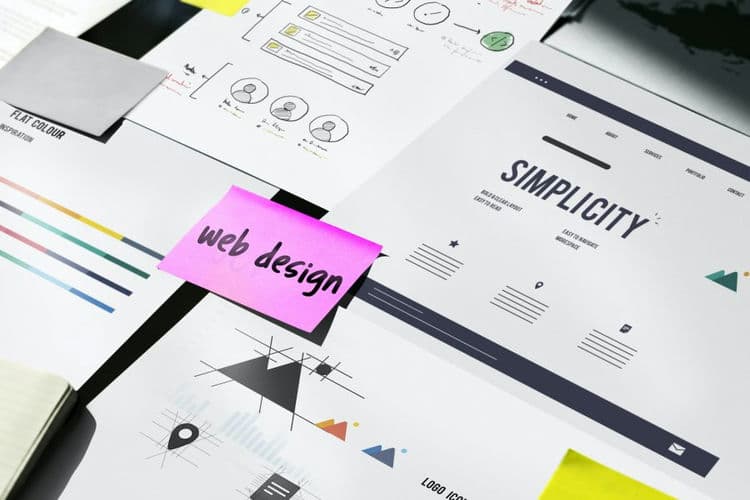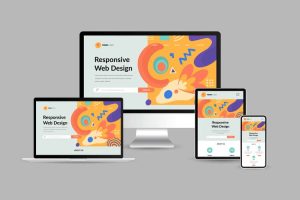Welcome to the dynamic world of web design! Whether you’re an experienced developer or a beginner, mastering key web design terminology is crucial for navigating the ever-changing digital landscape. From creating user-friendly interfaces to optimizing for search engines, let’s explore some essential terms that will enhance your web design skills.

1. Responsive Design
Responsive design is the practice of designing websites that adjust smoothly to various screen sizes, ensuring a consistent user experience across desktops, tablets, and mobile devices.
2. User Experience (UX)
UX refers to the overall experience users have when interacting with a website. It focuses on improving user satisfaction by enhancing the site’s usability, accessibility, and overall enjoyment.
3. Call to Action (CTA)
A CTA is a design element, such as a button or link, that encourages users to take a specific action, like signing up for a newsletter, making a purchase, or contacting the business.
4. Wireframing
Wireframing involves creating a simple visual guide of a web page’s layout. This helps designers plan the placement of elements before delving into detailed design work.
5. SEO (Search Engine Optimization)
SEO is the practice of optimizing a website to improve its visibility on search engines like Google. This involves various techniques to enhance organic search rankings and attract more traffic.
6. Above the Fold
“Above the fold” refers to the portion of a web page that is immediately visible without scrolling. It’s prime real estate for crucial content and CTAs.
7. Typography
Typography is the art of selecting and arranging fonts on a website. It plays a significant role in establishing visual hierarchy and conveying the site’s tone and style.
8. White Space
White space, or negative space, is the empty area between design elements. It provides visual breathing room, improves readability, and enhances overall aesthetics.
9. Grid Layout
A grid layout organizes content into rows and columns. It helps maintain consistency, alignment, and balance in web design, creating a visually pleasing experience.
10. Browser Compatibility
Browser compatibility ensures that a website looks and functions correctly across different web browsers, such as Chrome, Firefox, Safari, and Edge.
In Conclusion
These web design terms are just the beginning, but they offer a solid foundation for effective communication with fellow designers and developers. As you continue your web design journey, staying up-to-date with industry terminology will help you create captivating and user-friendly websites that stand out in the digital world.




